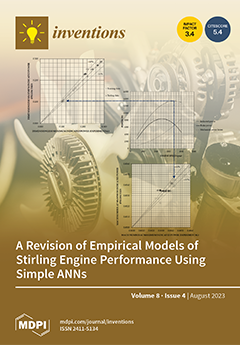Open AccessReview
Recent Inventions in Additive Manufacturing: Holistic Review
by
Ismail Fidan, Orkhan Huseynov, Mohammad Alshaikh Ali, Suhas Alkunte, Mithila Rajeshirke, Ankit Gupta, Seymur Hasanov, Khalid Tantawi, Evren Yasa, Oguzhan Yilmaz, Jennifer Loy, Vladimir Popov and Ankit Sharma
Cited by 128 | Viewed by 11673
Abstract
This general review paper presents a condensed view of recent inventions in the Additive Manufacturing (AM) field. It outlines factors affecting the development and commercialization of inventions via research collaboration and discusses breakthroughs in materials and AM technologies and their integration with emerging
[...] Read more.
This general review paper presents a condensed view of recent inventions in the Additive Manufacturing (AM) field. It outlines factors affecting the development and commercialization of inventions via research collaboration and discusses breakthroughs in materials and AM technologies and their integration with emerging technologies. The paper explores the impact of AM across various sectors, including the aerospace, automotive, healthcare, food, and construction industries, since the 1970s. It also addresses challenges and future directions, such as hybrid manufacturing and bio-printing, along with socio-economic and environmental implications. This collaborative study provides a concise understanding of the latest inventions in AM, offering valuable insights for researchers, practitioners, and decision makers in diverse industries and institutions.
Full article
►▼
Show Figures





